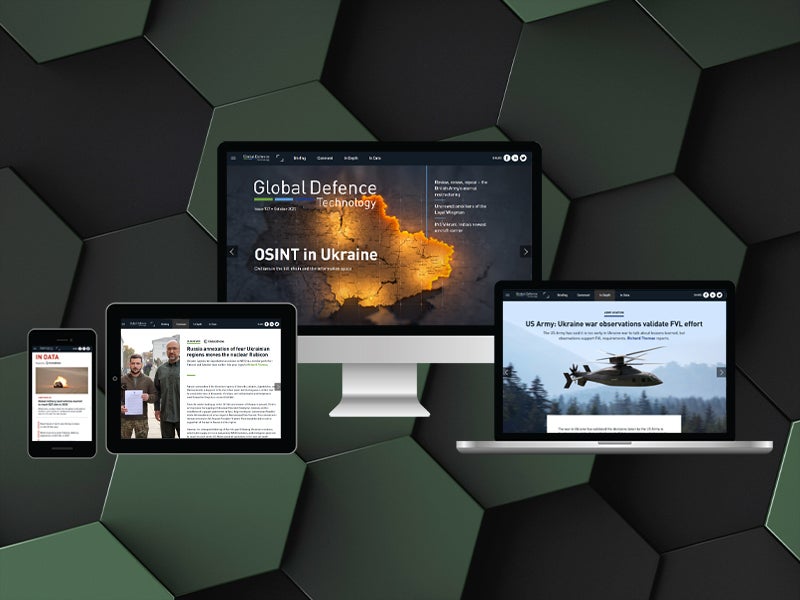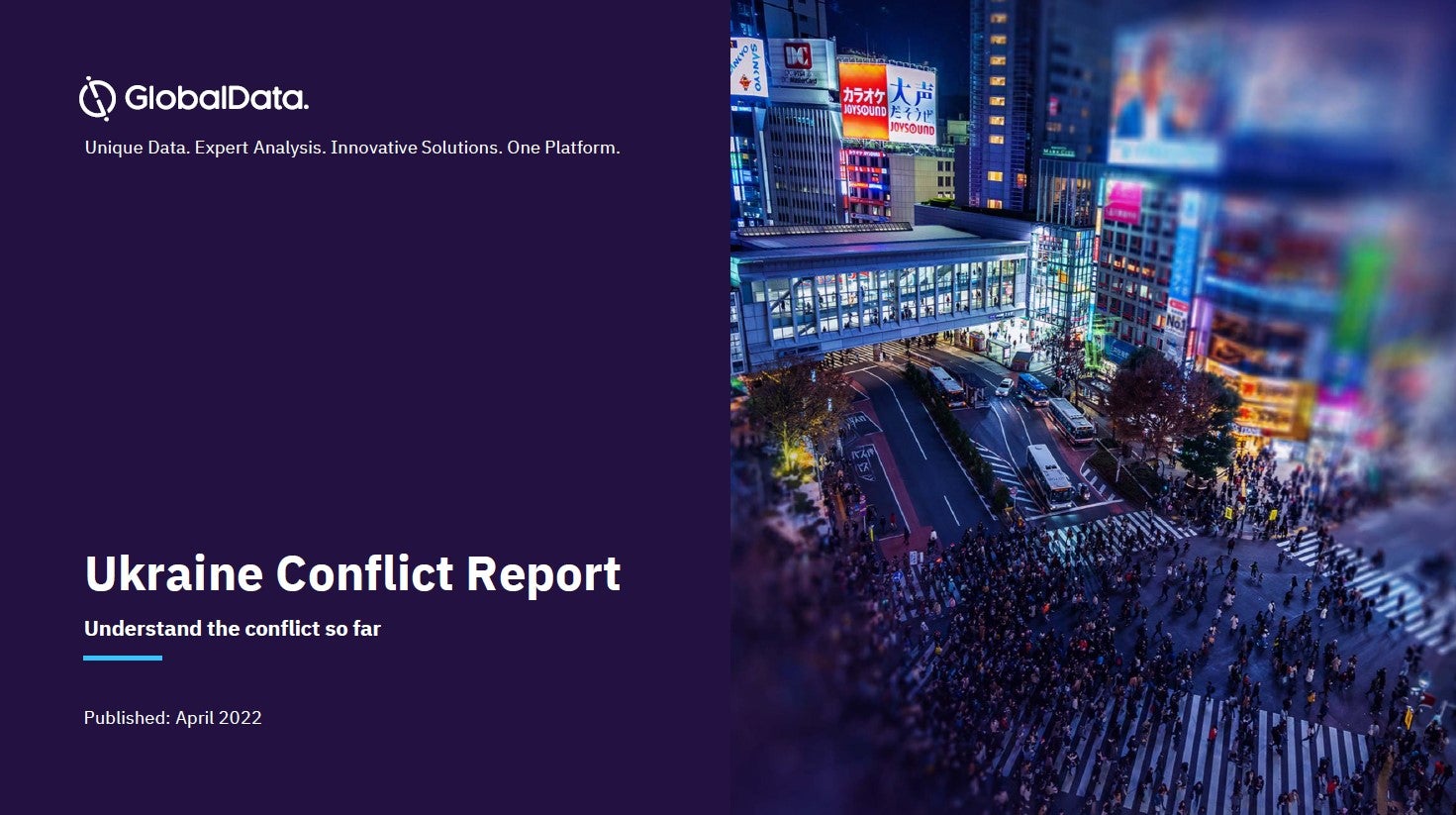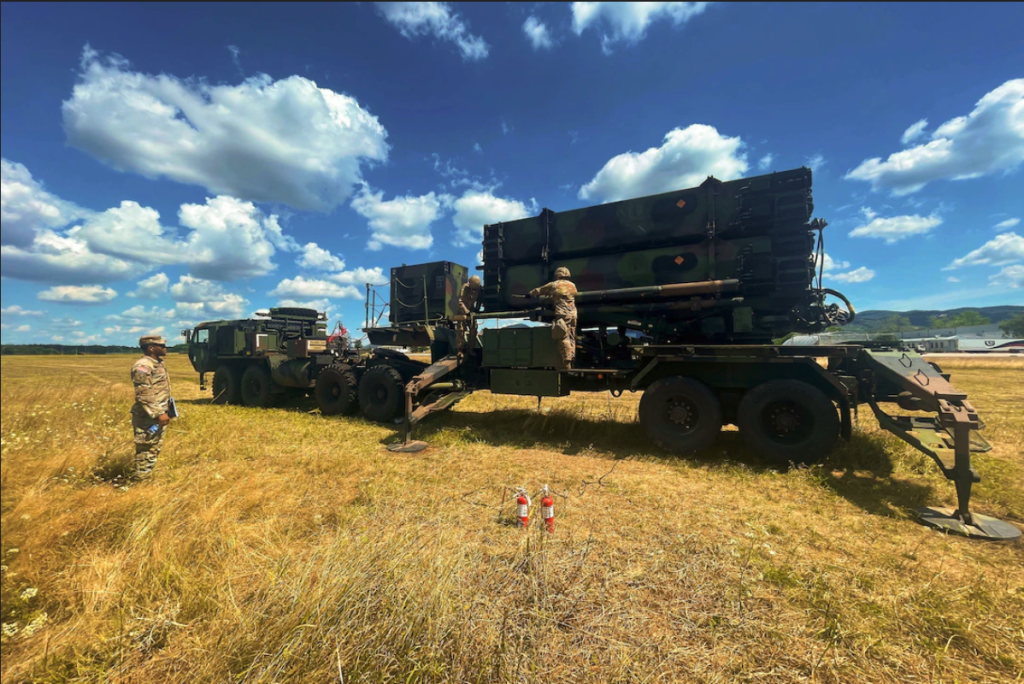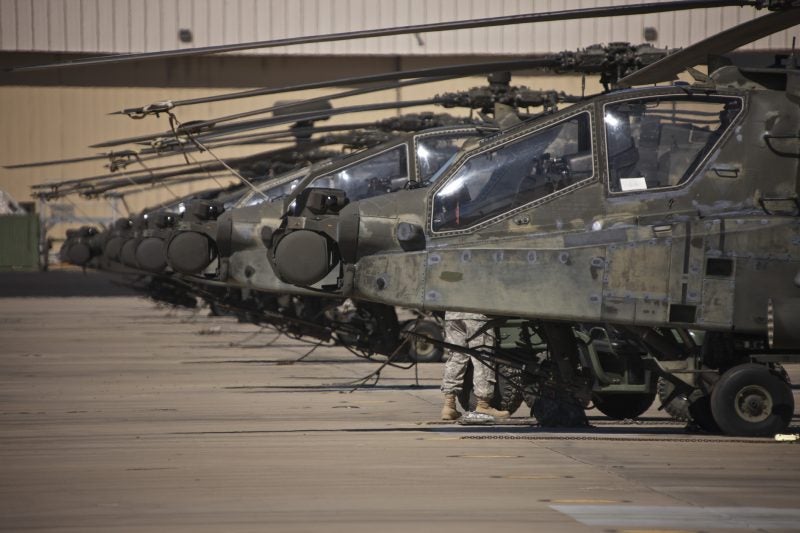
This latest issue of Global Defence Technology once more brings you all the latest defence insight and analysis into the technologies, policies, and influencing factors in the defence space.
A war has perhaps never been covered in such details as seen in Ukraine, with the creation of a new class of open-source intelligence (OSINT) analysts, harvesting and examining content posted on social media for intelligence into orders of battle, equipment and personnel losses, and more. Many of these OSINT specialists are civilians and gaining huge followings on social media, providing effective analysis to an audience keen to get behind the mainstream headlines and soundbites.
However, is civilian analysis, such as the geolocation of Russian personnel and equipment being used as live targeting data? It seems, by some accounts, that yes, indeed it is, which raises more questions on bias and possible agendas of such content providers. As explored inside, the readiness of information and the ability for civilians to harness intelligence gathering capabilities unheard of a generation ago is likely to shape the information warfare space for good.
Whether you are on a desktop, tablet or smartphone, you can read the magazine for free online.
Elsewhere, The British Army looks likely it is going to have another go at restructuring itself following the attempts in 2015 and 2021 as lessons being learned in real time in Ukraine seem certain to change how the service perceives its ability, or inability, to fight in a contested environment against a peer opponent.
Defence industry business leads heading up long-range fires platforms and programmes comment that they have never been so popular on the trade show circuit, as every military service and cadre of reporters suddenly appreciates the apparent supremacy of artillery in the modern battlespace.
For all this and more, on sea and in the air, read on and follow the latest developments @DefenceTech_Mag .







